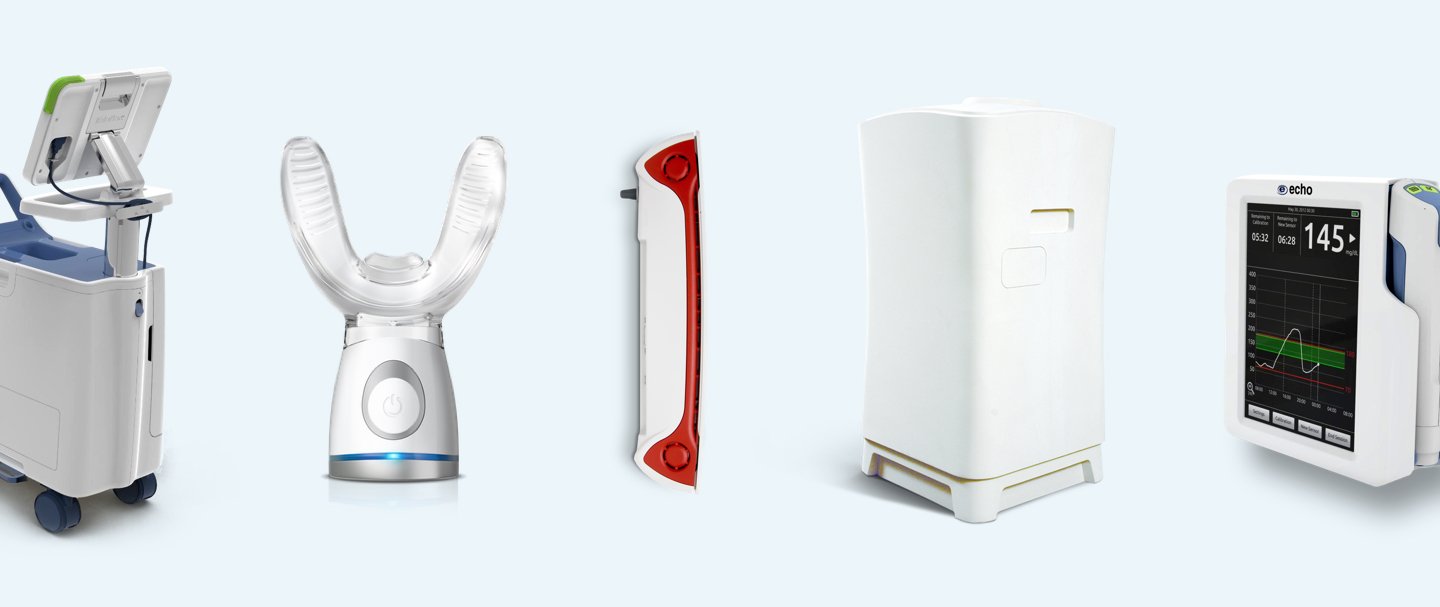

The world we live in is not always kind. When the going gets rough on products, we strengthen the design for better resistance to wear, stress, and abuse.
A ruggedized design refers to the process of developing and constructing a product to be highly resistant to harsh environmental conditions, physical impacts, and extreme temperatures. The goal is to ensure the device can function reliably and withstand challenging situations that would otherwise damage or impair its performance.
Ruggedized devices are built to withstand shocks, vibrations, and impacts. This involves using robust materials, reinforced casings, and shock-absorbing designs to protect the internal components from damage.
Rugged devices often need to be resistant to dust, water, moisture, and other environmental contaminants. Protection is often a requirement to meet specific IP (Ingress Protection) ratings, such as IP67 or IP68, indicating their level of protection against solids and liquids. Rugged devices will often feature sealed connectors and ports to prevent water or dust ingress. Specialized connectors and fasteners can be employed to ensure tight seals and maintain device integrity. Ideally there would be no need for seals, and we have used wireless charging and Bluetooth communication to achieve that.
Another factor is making sure that if a product does fail, that it fails safely, with no sharp edges or exposed dangerous components.
Overall, ruggedized design focuses on creating robust, durable, and reliable devices capable of withstanding harsh environments and physical stress while maintaining their functionality and performance.
We have a case study available showing the process we used to update this medical cart…
The SpotOn Virtual Smart Fence is the first and only dog containment system that allows dog owners to keep track of their dogs wherever they go.